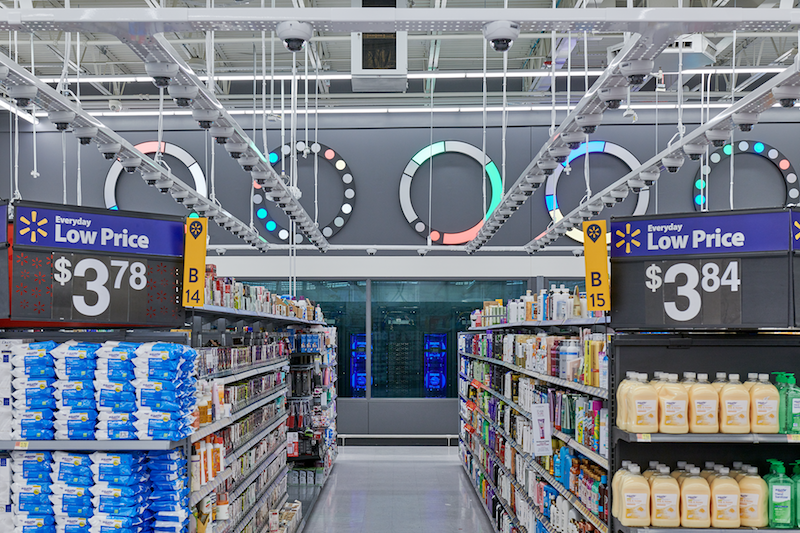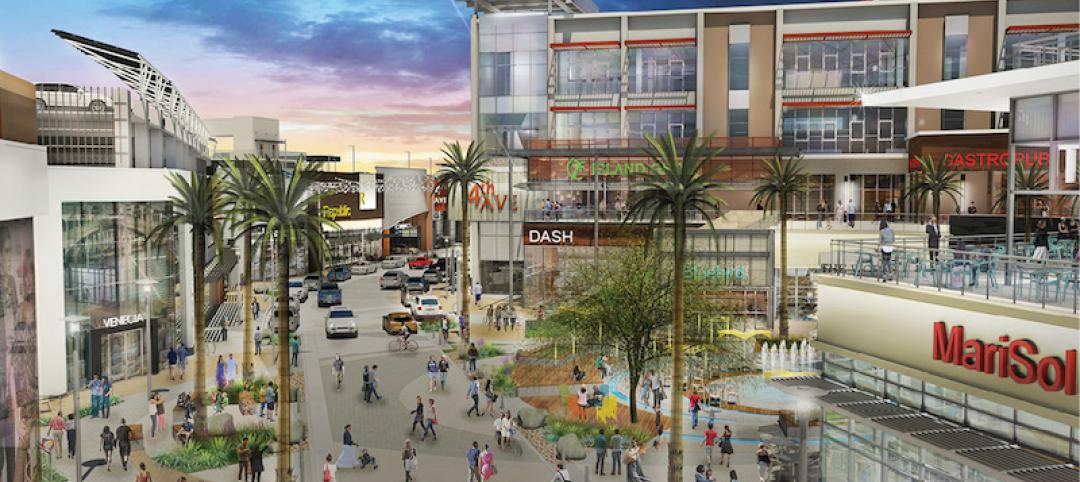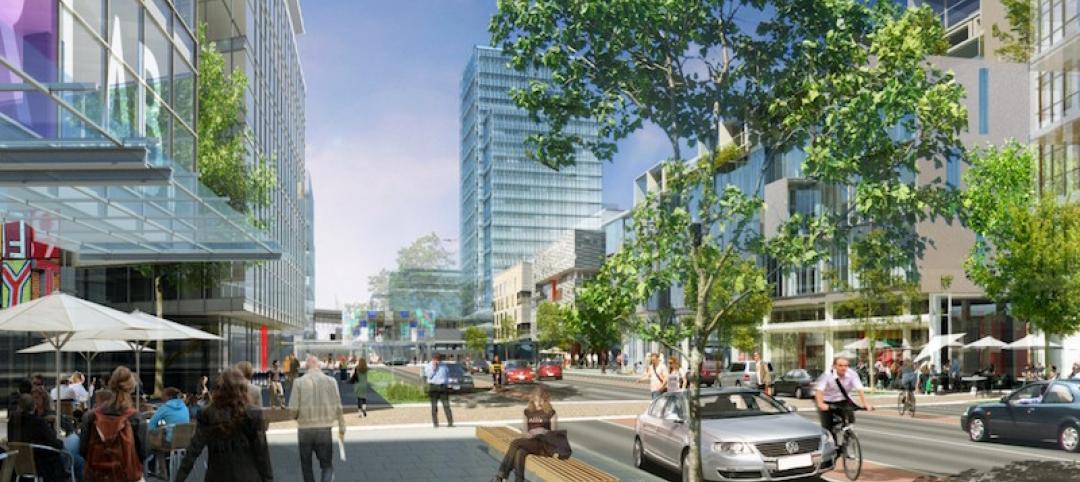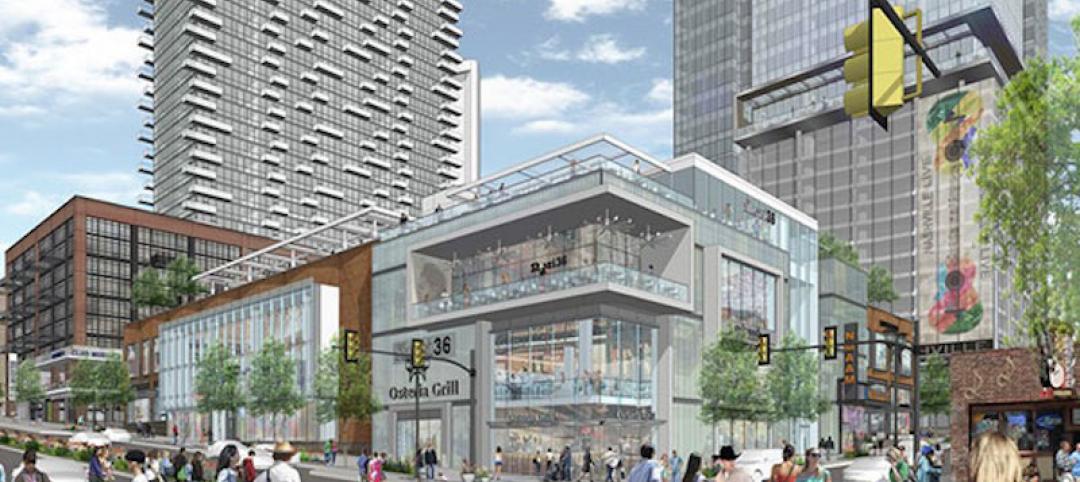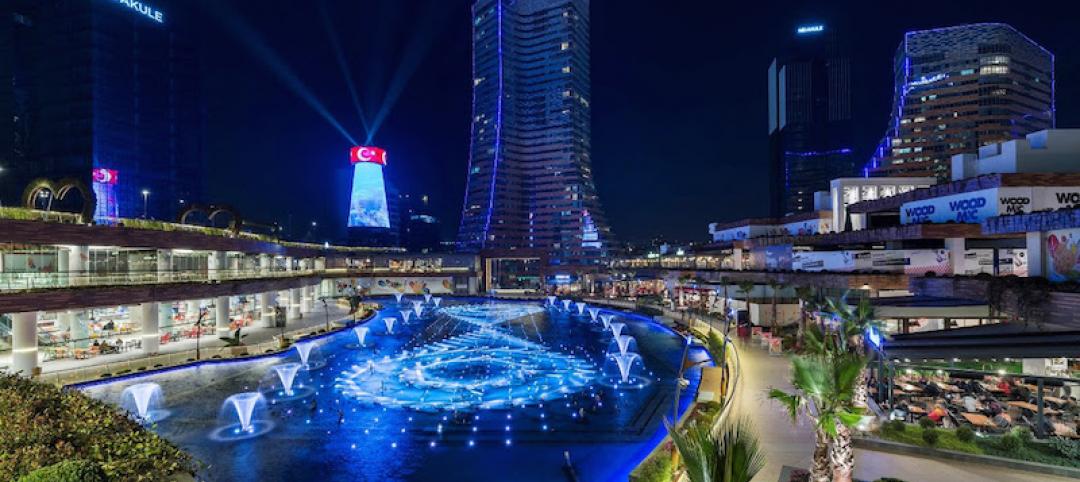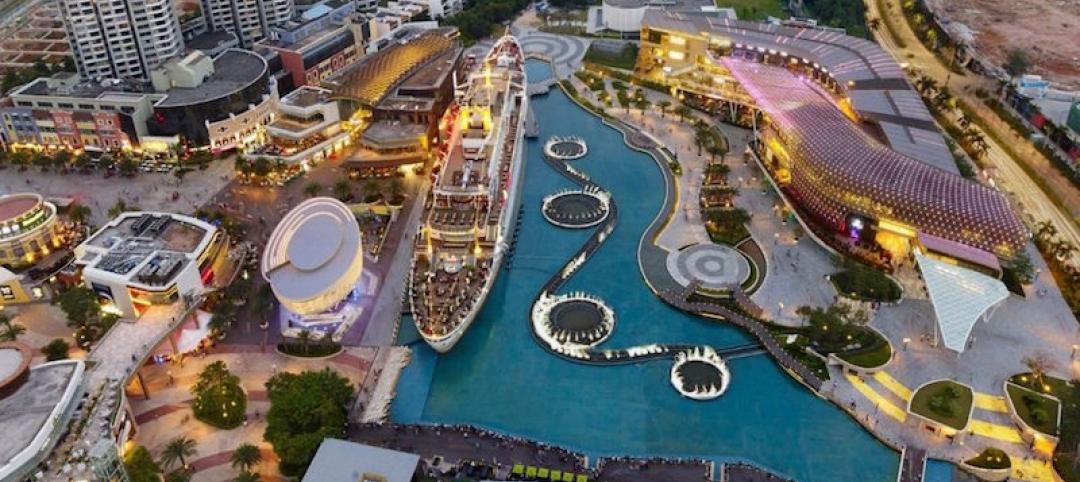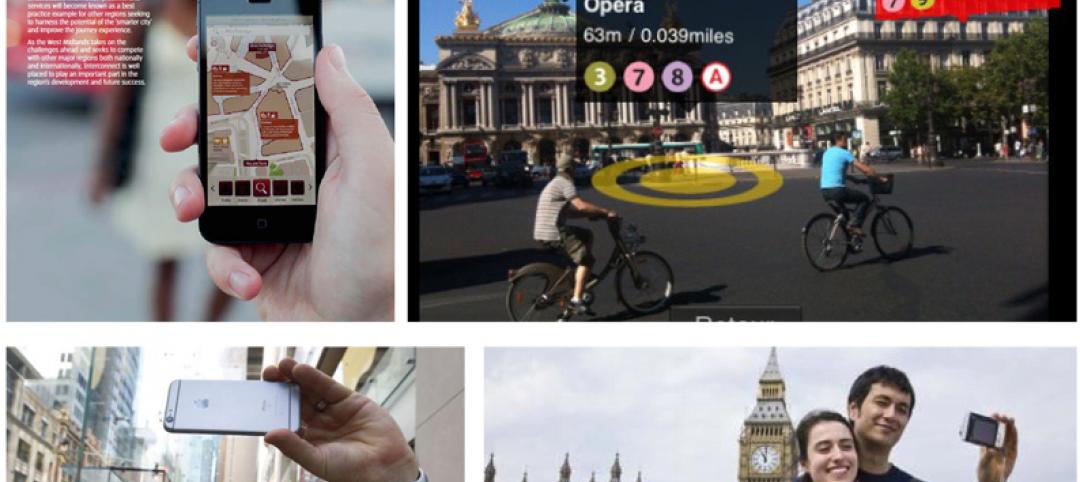Walmart wasn’t about to let Amazon have all the fun when it comes to futuristic, tech-heavy retail prototypes. The retail giant recently unveiled a transformed Walmart Neighborhood Market in Levittown, N.Y., that is now equipped with artificial intelligence-enabled cameras, interactive displays, and a data center.
Dubbed the Intelligent Retail Lab (IRL), the 50,000-sf store will use an array of sensors, cameras, and processors to gather information about things like product inventory and availability. This real-time information will help employees know to restock products when they are needed most.
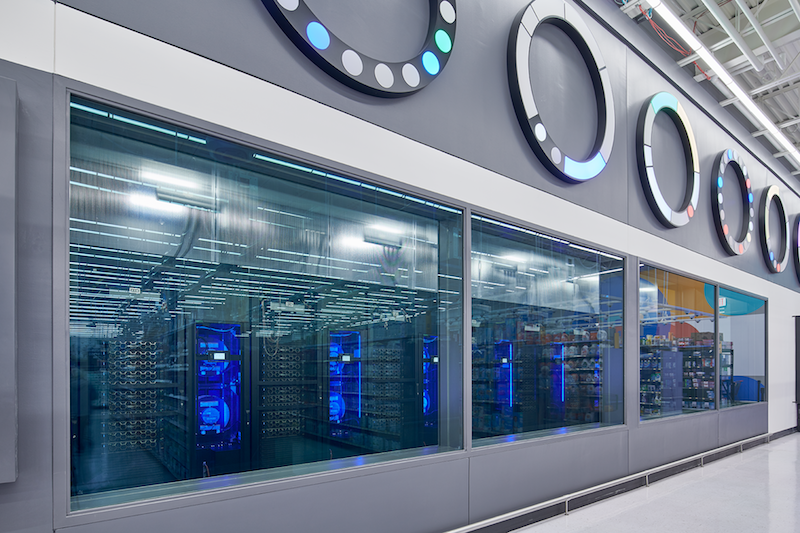
“Customers can be confident about products being there, about the freshness of produce and meant,” said Mike Hanrahan, IRL CEO, in a release. “Those are the types of things that AI can really help with.
See Also: Porsche’s next-gen showroom prototype opens in Palm Springs, Ca.
This means the store can automatically detect a product on the shelf, recognize a specific product (such as differentiating between one pound of ground beef and two pounds), and compare the quantities on the shelf to the upcoming sales demand. If the product is running low, they can restock it before customers arrive without having to comb through the entire store manually.

Upon entering IRL, customers can expect to see a typical Walmart store, with some futuristic highlights. The eye-catching, glass-encased data center with its soothing blue glow, for example, isn’t something you will find at every Walmart — yet. There will also be information stations for customers that will explain how AI is being used in the store and the benefits it has. Interactive educational displays and a Welcome Center will also be available for customers to dive deeper into the stores technology and get any questions they may have answered.
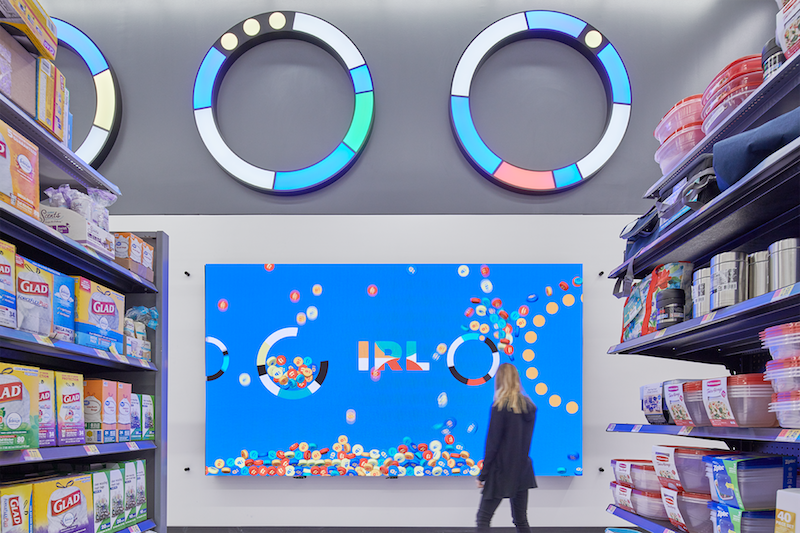
The technology will also help employees spend more time helping customers by performing mundane tasks such as evaluating if shopping carts need to be corralled or not. “We think it’s something our associates will be excited about. The technology has been built to improve associates’ jobs, to make their jobs more interesting, to help them alleviate some of the mundane tasks,” Hanrahan said. “AI can enhance their skill set in a very rapidly changing world.”
In its early days of operation, IRL will mainly be gathering data in order to determine how to best use the technology to improve the experience for customers and employees.
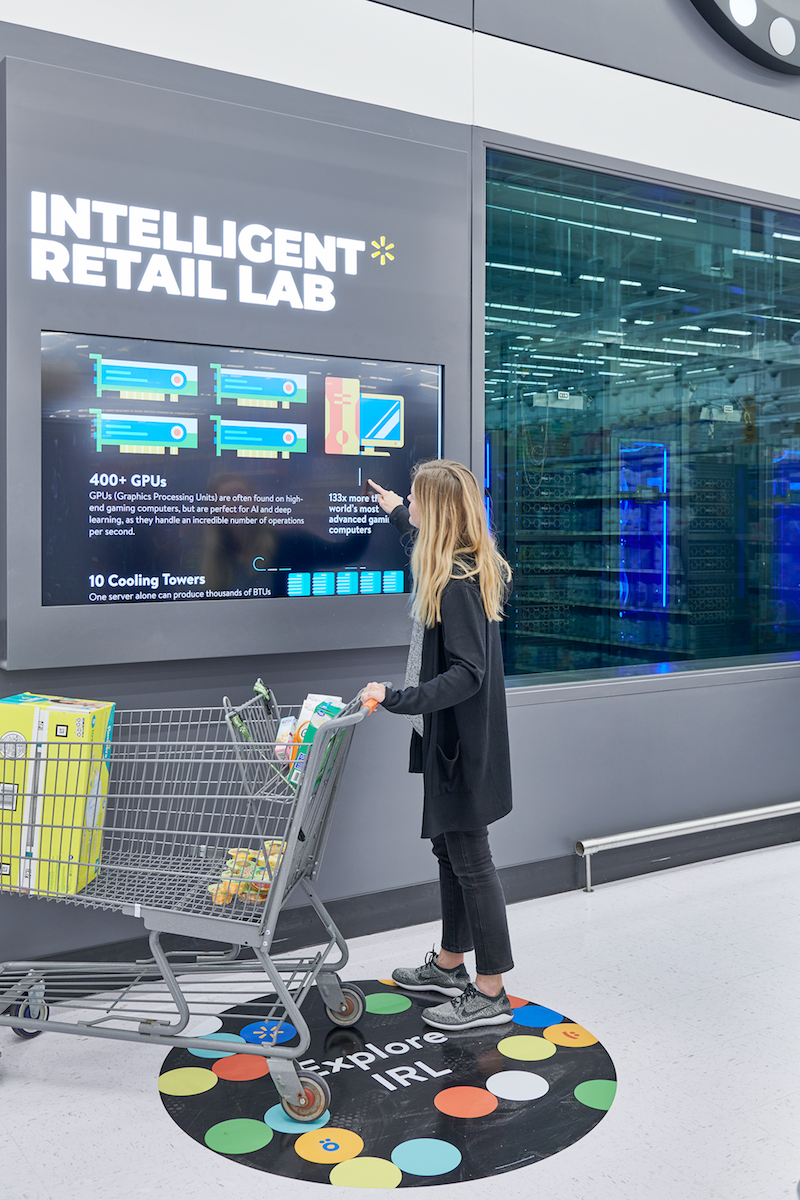
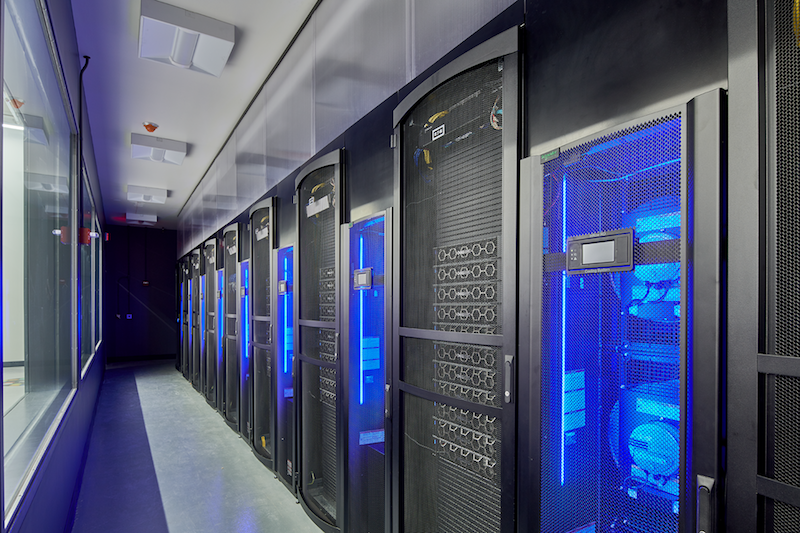

Related Stories
Mixed-Use | Apr 7, 2017
North Hollywood mixed-use development NoHo West begins construction
The development is expected to open in 2018.
Urban Planning | Mar 31, 2017
4 important things to consider when designing streets for people, not just cars
For the most part what you see is streets that have been designed with the car in mind—at a large scale for a fast speed.
Retail Centers | Mar 23, 2017
The retail renaissance part I: How architecture will shape the future of shopping
The retail sector is charting unfamiliar territory as web sales and evolving tastes force a paradigm shift. In our Retail Renaissance blog series, architects, interior designers, planners and engineers from different GS&P markets will consider the impact of retail trends and discuss how clients and developers can successfully navigate this new age of shopping.
Retail Centers | Mar 21, 2017
A giant ‘show pool’ is the highlight of a new food- and entertainment-centric mall in Turkey's largest metro
WaterGarden Istanbul hopes to attract 15 million visitors a year.
Retail Centers | Mar 9, 2017
When everyone shops online, what happens to mixed-use retail?
NBBJ’s David Yuan explains how changing retail trends are creating new opportunities for urban experiences and public space.
Retail Centers | Mar 7, 2017
Five facets of successful retail that further social connection
What’s driving experiential retail in 2017 and beyond?
Retail Centers | Jan 24, 2017
Sensational shopping: Retail and the emotional connection
CallisonRTKL's Bret Wiggins discusses how to design the retail environment in a way that taps into the shopper psyche.
Retail Centers | Dec 23, 2016
Wayfinding trends: Modern digital signage caters to personal tastes and profiles of shoppers
Applications like Bluetooth-driven Beacon systems and cellular Wi-Fi systems can now be used to help people navigate space in a more profound way, writes CallisonRTKL’s Cody Clark.
Architects | Nov 20, 2016
D.C.’s first distillery-eatery taps into a growing trend
The stylish location targets customers craving craft spirits and late-night dining.
Adaptive Reuse | Nov 7, 2016
From fuel to food: adaptive reuse converts a closed gas station in Princeton, N.J., to a Nomad pizza
The original building dates back to the Modernist 1930s.


